The fourth-generation Renault Twingo E-Tech will be revealed on 6 November – and UK buyers will be able to order models from mid-October.
The new, sub-£17,000 entry point to Renault’s expanding EV line-up will hit the roads in 2026 as a direct rival to the upcoming Volkswagen ID 1. It will be positioned beneath the Renault 5 and Renault 4 in the brand's growing line-up of small EVs and has been developed in less than two years.
The French firm has confirmed that a launch event for the Twingo will be held early next month and issued four new official preview images. These confirm that the styling will remain close to the original concept car.
As with the 5 and 4, Renault will offer a Twingo R-Pass, which is described as a 'skip-the-line' early reservation programme. It will be launched in the UK on 15 October and will give those who sign up early access to orders when the Twingo goes on sale. R-Pass members will be given priority in both production and delivery of the vehicle, along with other unspecified 'exclusive benefits'.
Spied testing recently by Autocar spy photographers, the new city car is being launched seven years after its petrol predecessor was withdrawn from sale in the UK due to declining demand (just 877 UK sales in 2018).
A key selling point for the Twingo will be its sub-£17,000 starting price, which is part of a brief to create a “fit-for-purpose urban vehicle with no compromise”.
Notably, this undercuts the old Twingo Electric’s starting price of €21,350 (£18,624) in 2021. This variant was introduced during the model’s third generation but never sold in the UK.
Its pricing will position it just above the £14,995 Dacia Spring and £15,995 Leapmotor T03 – the two cheapest electric cars on sale in the UK today – in a growing A-segment that will later be supplemented by the ID 1, Kia EV1 and a Nissan-badged variant of the Twingo.
Renault will look to distinguish the Twingo from its rivals with a funky design – and our first sight of test mules confirms that the production car doesn’t differ too much from the radical concept of 2024, which was inspired by the Mk1 Twingo of 1992.
![]()

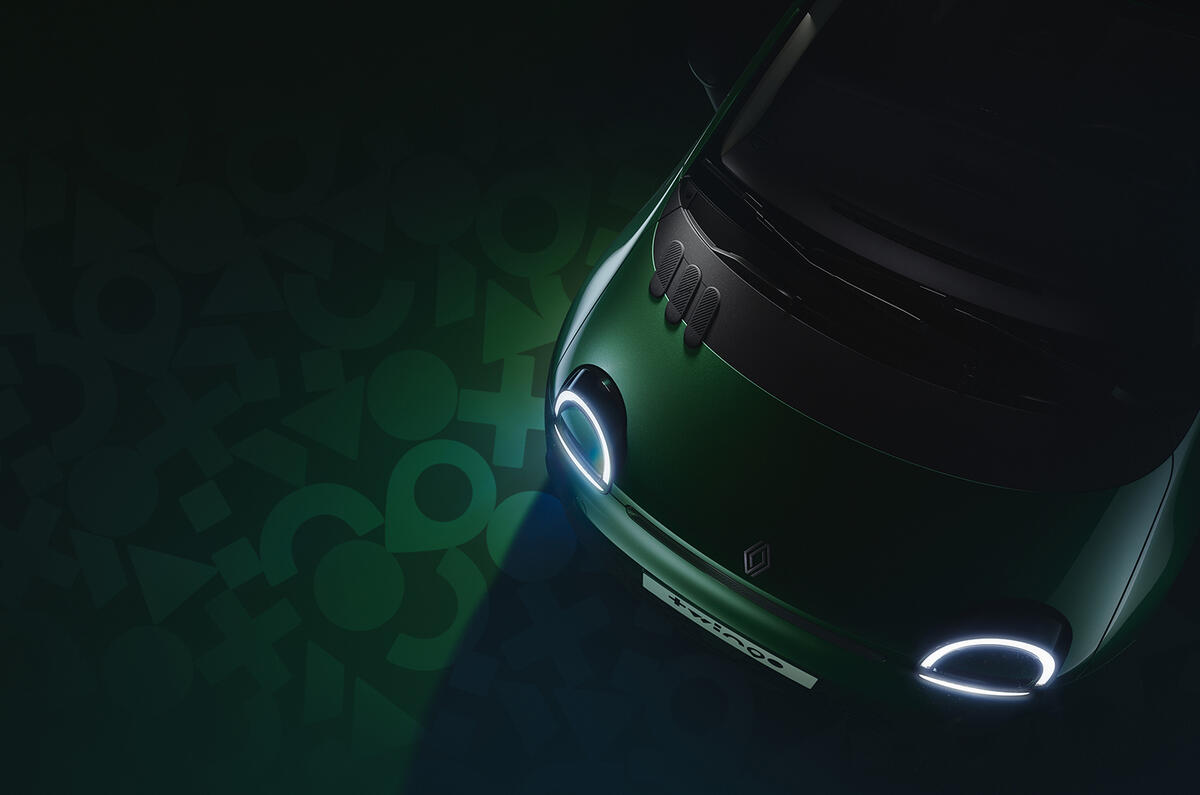
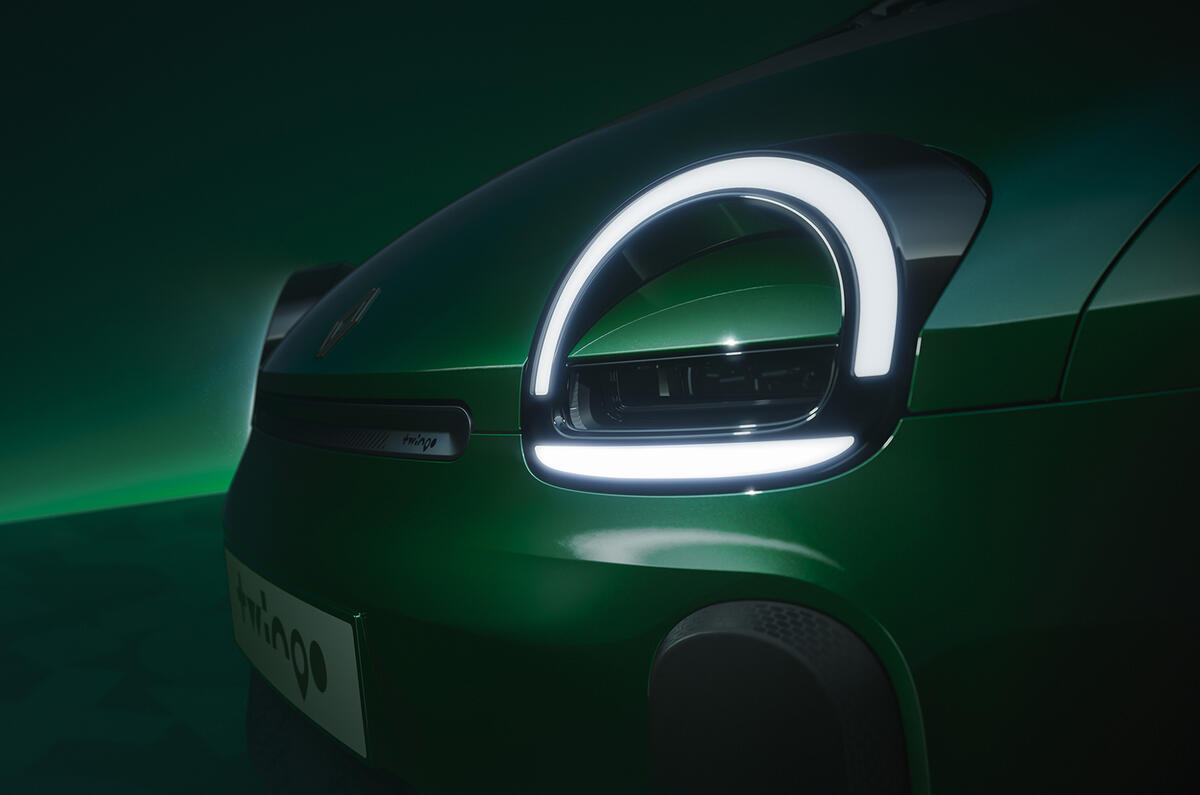
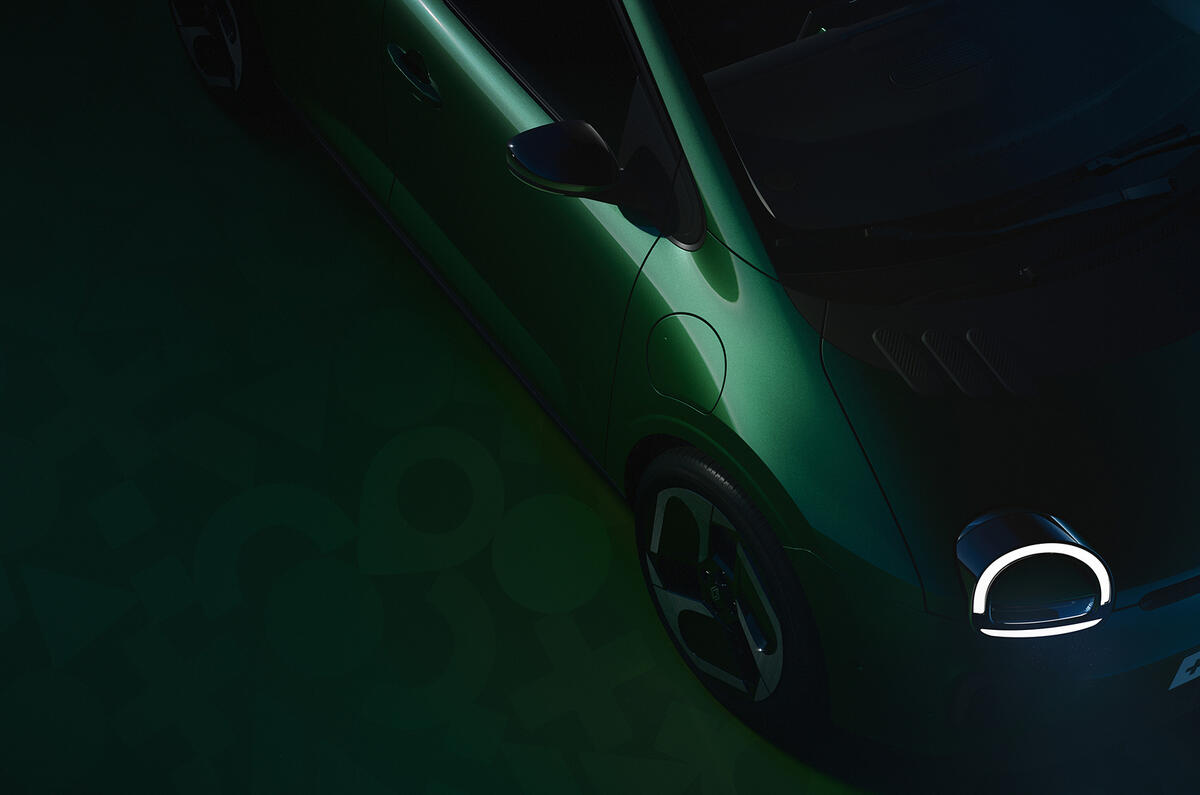
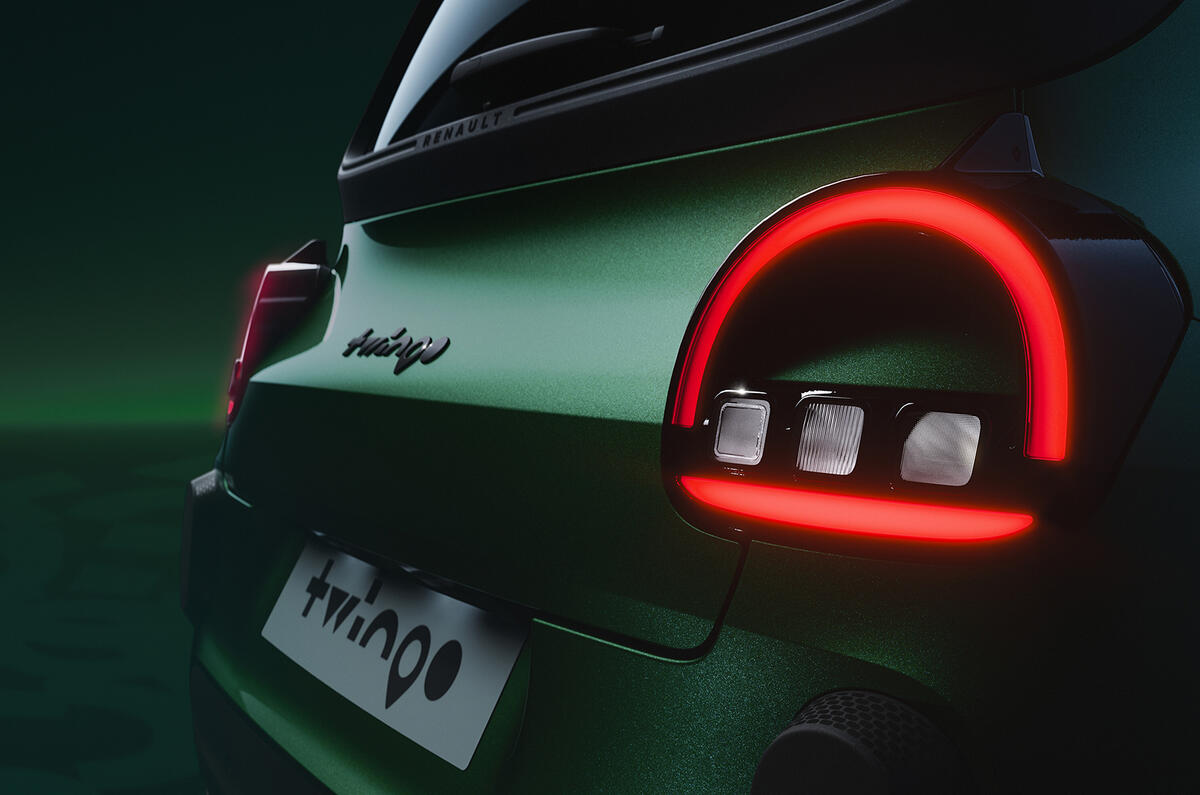
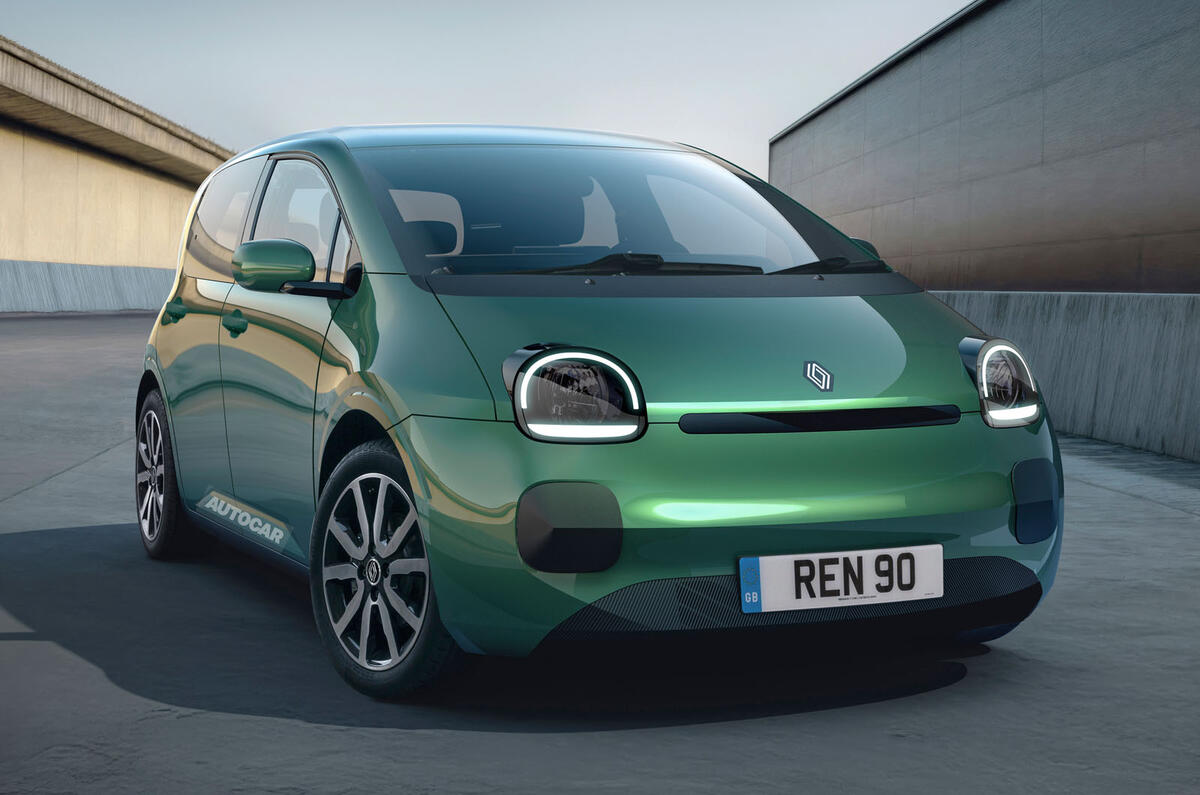
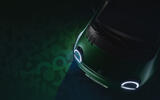
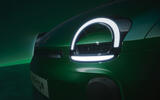

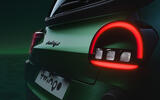
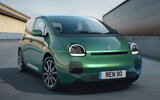


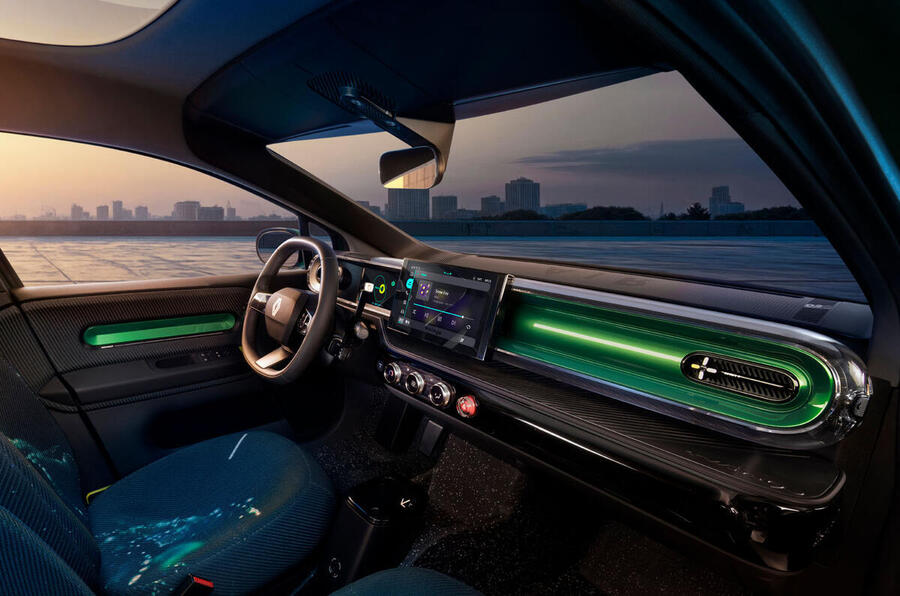







Join the debate
Add your comment
With this and the 4 and 5 gives Renault a firm hold on the entry point of EV, if you add the Mobilize Duo quadricycle plus the Dacia Spring they'll be unstoppable
And hopefully a production Dacia Hipster.
This could be the game changer for small affordable electric cars. Let's hopeit succeeds where the Dacia Spring appears not to be. And it's good to see a "proper" small car not a jacked up SUV or crossover. At the moment Renault can seemingly do no wrong and already I want one!